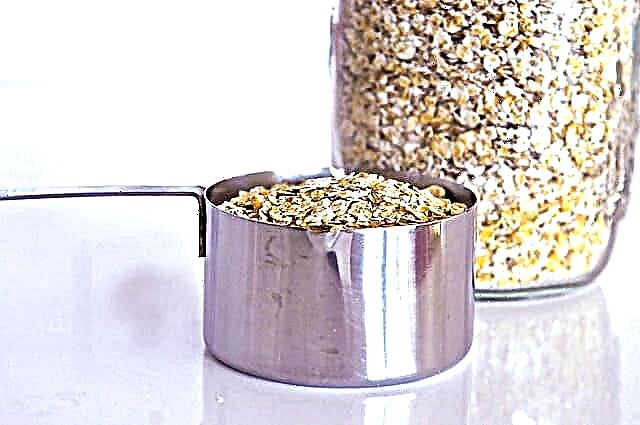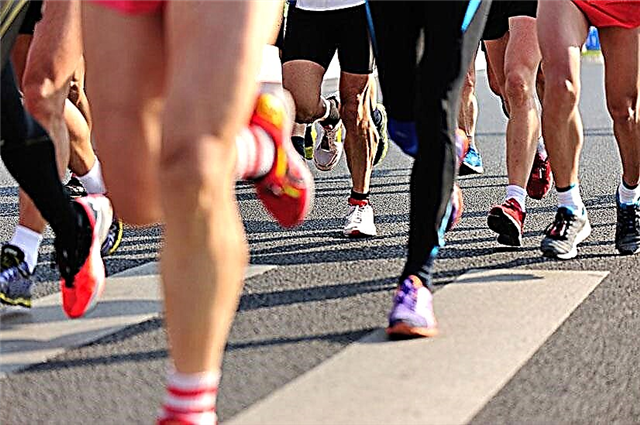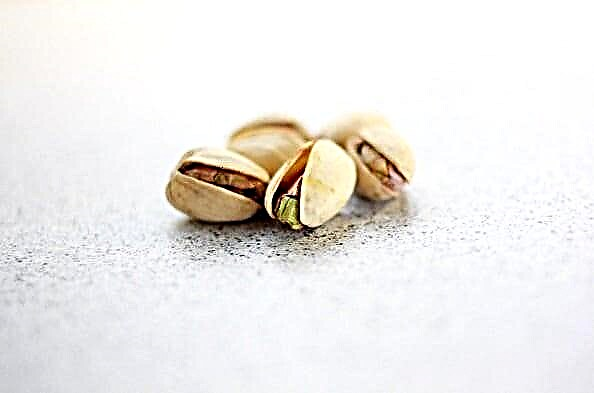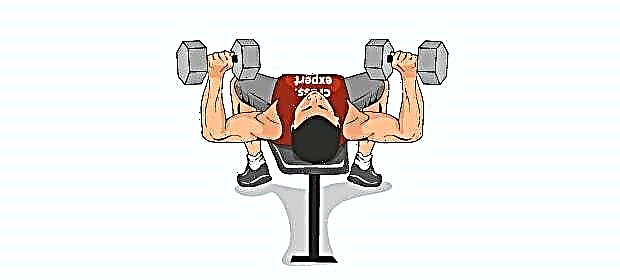Not a single official normative document in the Russian Federation contains a direct definition of the concept of a healthy lifestyle (healthy lifestyle). Is it worth talking about popular sources? Some are taught to starve for health, others - to eat 6 times a day according to a strict plan, and still others - to do as the call of the heart tells. Even Ozhegov's dictionary defines "healthy" as related to health, without specifics.
WHO considers a certain lifestyle (often referred to as a healthy lifestyle) half of success in disease prevention. So how can we live so as not to get sick, not to age prematurely and to feel good every day?
A healthy lifestyle - what is hidden in this concept?
Let's leave radical veganism and the diets of professional athletes to their followers. A healthy person is physically active, mobile, free of harmful addictions and content with life... And the lifestyle in question is a style of alternating daily activities, rest, nutrition, and special thinking that accompanies health.
Healthy lifestyle is:
- Activity. The WHO recommends 30 minutes of light aerobic activity every day.
- Balanced diet. The amount of nutrients (proteins, fats, carbohydrates) must meet the needs of the body. The program is drawn up by a doctor if a person is sick.
- Psychohygiene. The skill of managing emotions, relaxing and getting rid of negativity that provokes neuroses.
- Alternating stress and rest. This applies to both training and work, responsibilities, family.
- Disease prevention. We are talking about the banal rules of hygiene, vaccinations, the creation of healthy working conditions.
As applied to a person, a healthy lifestyle can be briefly described by the following concepts: "diet", "plan of training and physical activity", "work and rest regime". Boring and difficult? Not really. Healthy food is quite common tasty food, not necessarily gluten and sugar free, and physical activity is not always 12 laps of CrossFit followed by a 10 km run. It could be walking the dog or the child, dancing, or even walking to work.
The mode of work and rest is the most sore subject for compatriots. We are either paid too little, and we are forced to rush to a second job instead of rest, or we simply "live" on one, or we are engaged in a business that takes all our strength.
Components of a healthy lifestyle
This short list will help make everyone's life healthier. But if you have any medical condition or medical prescriptions that contradict the information below, do not self-medicate over the Internet... Use what is consistent with your treatment plan.
Balanced diet
The Research Institute of Nutrition of the Russian Academy of Sciences has developed recommendations for making menus for people with different diseases and approximate daily rations for different age groups. Scientists have taken into account the factors of activity and the need to make food affordable. Any fan of healthy bloggers will be very surprised to find vegetable spreads, rolls, sugar, chips and the most common pasta in the list of products.
In addition to everything, you can find cottage cheese, milk, butter ... Who should you believe? At the time of this writing, dietetics is guided by the following principles:
- Energy balance is the most important component of a balanced diet. To maintain weight, you need to eat as much as you spend, to decrease - by 200-300 kcal less, to increase - by the same amount.
- Food is not divided into "healthy and unhealthy", for allergy sufferers and people without chronic diseases. All food can be broken down into proteins, fats and carbohydrates, and we take them into account.
- The diet is based on the fact that a person needs proteins at least 1 g per 1 kg of body weight per day, with increased physical activity - up to 1.5-2 g, fats - from 0.8 to 1.2 g, and the amount carbohydrates are determined by the residual principle.
Official Russian rations from the Russian Academy of Medical Sciences are based on a slightly different layout. Their authors believe that carbohydrates should be at least 60% of the total calories. Hence such an abundance of potatoes and cereals. The reason is the financial living conditions of most people. A high carbohydrate load is not optimal; it is enough to get half the energy from cereals and fruits.
The recommendations of the US FDA are somewhat different from the domestic ones. Adults should receive 45-65% of carbohydrates, and the more the tendency to overweight, the less cereals and cereals are needed. The minimum amount of carbohydrates is 130 g. So much can be gained by eating a couple of servings of porridge and some kind of fruit.

© artinspiring - stock.adobe.com
How to use all this useful information:
- List foods. It should contain cereals, potatoes, non-starchy vegetables, pasta, meat, poultry, cottage cheese, eggs, butter and vegetable oil.
- Fruit is a controversial issue. If the family is on a budget, keep poultry, offal, cereals and vegetables and limit the fruit to local apples and cheap seasonal produce.
- Calculate the amount of food based on your daily protein, fat and carbohydrate requirements.
- These products are used to prepare regular meals. The amount of food per family member is weighed and entered into any convenient calorie counting app.
- You can eat from 3 to 6 or more times a day. Here everyone determines the most convenient mode for themselves.
- If the minimum BJU figures are reached, everything is fine, the food is healthy, we continue in the same spirit. You don't need to overeat.
Food table for 1 adult per week:
| Sources of proteins | Sources of fats | Sources of carbohydrates | Sources of fiber |
| Chicken breast, 1 kg | Whole eggs, 14 pieces (are also sources of protein) | Potatoes and sweet potatoes, 1 kg | Vegetables, 3.5 kg, give preference to non-starchy |
| White fish, 1 kg | Sour cream and cream, as well as butter, 200 g | Pasta - simple and buckwheat, 500 g | Fruit, 3.5 kg, better seasonal and quality |
| Offal or red meat, 1 kg | Vegetable oil, including linseed oil, 350 ml | Choice of cereals - 1-2 kg, depending on the need for kcal | Bran, 100 g |
Important: this is an approximate table, the amount of food can be adjusted depending on the needs and physical activity.
Sometimes an adjustment will be needed:
- The family lacks protein. This is the most common problem; protein foods are expensive. You can only advise to diversify your purchases. Pay attention to fish, organ meats (heart and liver in priority), cottage cheese from local producers. Protein is essential for strong immunity, good body composition, not just muscle.
- Excess carbohydrates and fats? Review your recipes. Try to cook dishes from cereals and vegetables without roasting, adding a lot of oil and pieces of fried bacon. Replace part of the cereal side dish with a salad of fresh or sauerkraut or other vegetables.
Sports activities
It would be more accurate to say that the goal of a healthy lifestyle is to foster an understanding of the value of physical activity. In Russia, the legal regulation of this area is in its infancy. Therefore, let us refer to the official guidelines for Americans, yet the physiology of people on the other side of the globe is no different from ours. The only difference is the state's approach to the health of citizens.
So, the US Department of Health recommends that adults:
- Walk or do other low-intensity aerobic activity for 2 to 5 hours per week. Yes, dog walks are fine too.
- Sit less and move more. During office work, you need to take breaks and warm up, in your free time - to rest.
- High-intensity aerobic training (fitness, running and dancing) - 75 to 150 minutes per week, can replace walking and walking from the first step if you don't feel like walking or don't like it.
- Strength exercises are desirable for adults. The volume is determined individually, the number of strength sessions is from 2 per week, and it is necessary to train all the main muscle groups, and not only those that determine a good appearance on the beach.
Here's a simple example of a beginner's home strength training program:
- squats with a pause at the bottom point (if it's too easy, you can do it with extra weight, for example, put on a backpack with something heavy);
- pushups;
- pull-ups on the bar;
- twisting lying;
- elbow placket.
All exercises are repeated for 1 minute in 2-3 sets. Rest between sets - until full recovery.
Another version of the program with its own weight:

© artinspiring - stock.adobe.com
Strength training for a beginner in the gym:
- bench press with your feet;
- bench press lying;
- pull-ups;
- pulling to the belt in a seated simulator;
- press on the shoulders in the simulator while sitting;
- twisting on the bench.
Exercises are performed for 30-40 seconds at an average pace. Working approaches - 2-3, weights - moderate, allowing you to keep the technique.
Full rest
A complete change of activity is considered a complete rest. If you work at the computer in the office, playing a "shooting game" at home, you do not rest. On weekdays, there should be at least 4 hours for rest and regular activities, on weekends - full daylight hours. It is recommended to take a vacation every six months for at least 2 weeks. In these couple of weeks, you should go on a trip or do something completely different from your work schedule.
Sleep for an adult - at least 8 hours a day... Weekends are not only about cooking and cleaning in the kitchen, but also walking, meeting friends and hobbies. This is not a whim, but the basics of a healthy lifestyle.

© Tatyana - stock.adobe.com
Strengthening immunity
There is no consensus here. Some believe that it is enough to get vaccinated in childhood, get enough sleep, eat well and take vitamin C during epidemics. Others also suggest swimming in an ice hole and dousing with cold water.
Let's leave the extreme hardening to fans, but adding protein to the diet and cutting out empty calories from sweets works well for everyone.
Emotional and psychological health
People must learn to control stress and negative emotions. The easiest ways are physical exercises for relaxation, normalization of the work schedule, meditation, communication.
Constantly being under stress means lower quality of life. Psychological help is an important preventive measure and should be sought after when advice like “take a warm bath and walk in the autumn forest” has stopped working.
Personal hygiene
Any student knows this:
- we brush our teeth 2 times a day, we use dental floss, not just a brush;
- we wash ourselves every morning and evening;
- we take a shower from 1 time a day, depending on the climate, occupation and needs;
- wash hands or treat them with an antiseptic before eating;
- if possible and in the absence of contraindications, we visit the bathhouse once a week.
Rejection of bad habits
The allowed alcohol intake is 1 glass of wine or 30 ml of a stronger drink per week for women and twice as much for men. But there is no permissible rate of smoked cigarettes. Smoking is harmful in any amount.
The benefits of a healthy lifestyle
Healthy lifestyle allows:
- Spend less on doctors and medicines, as well as on unnecessary food such as sweets, chips, crackers, semi-finished products.
- It is better to feel and be productive while you work.
- Perform daily tasks better, achieve greater success in all areas of life.
- Maintain clarity of mind.
A healthy lifestyle is not a panacea, but a means to make life brighter and better.

© avian - stock.adobe.com
How to form and instill a healthy lifestyle in children?
The trick does not work with children when the whole family is eating fried potatoes, and the child is offered oatmeal in the water. It is possible to instill and form a healthy lifestyle only by personal example. The child will unwittingly copy the behavior of his parents and respect his body and emotional and psychological needs.
It is worth starting with family walks, simple exercises in the fresh air or at home, a general subscription to a fitness club or pool, an end to constant parties with alcohol. Gradually improving the quality of food, life and changes in leisure time - and children will grow up healthy.
Outcome
So, a healthy lifestyle is:
- 8 hours of sleep, 30 minutes of walking and at least 2 hours of free time from work every day;
- 2-3 strength training per week with moderate weights;
- balanced nutrition in accordance with the energy needs of a person;
- 30-40 ml of water per 1 kg of body weight per day;
- the use of methods of psychological relief;
- regular and good rest.
Gradually introducing all this into his life, a person increases its quality.









